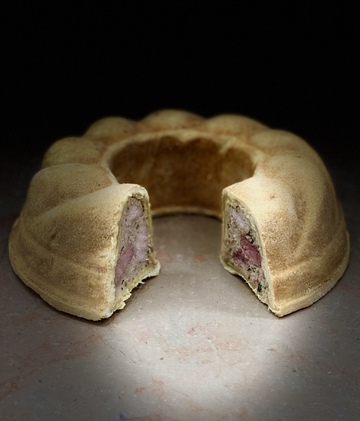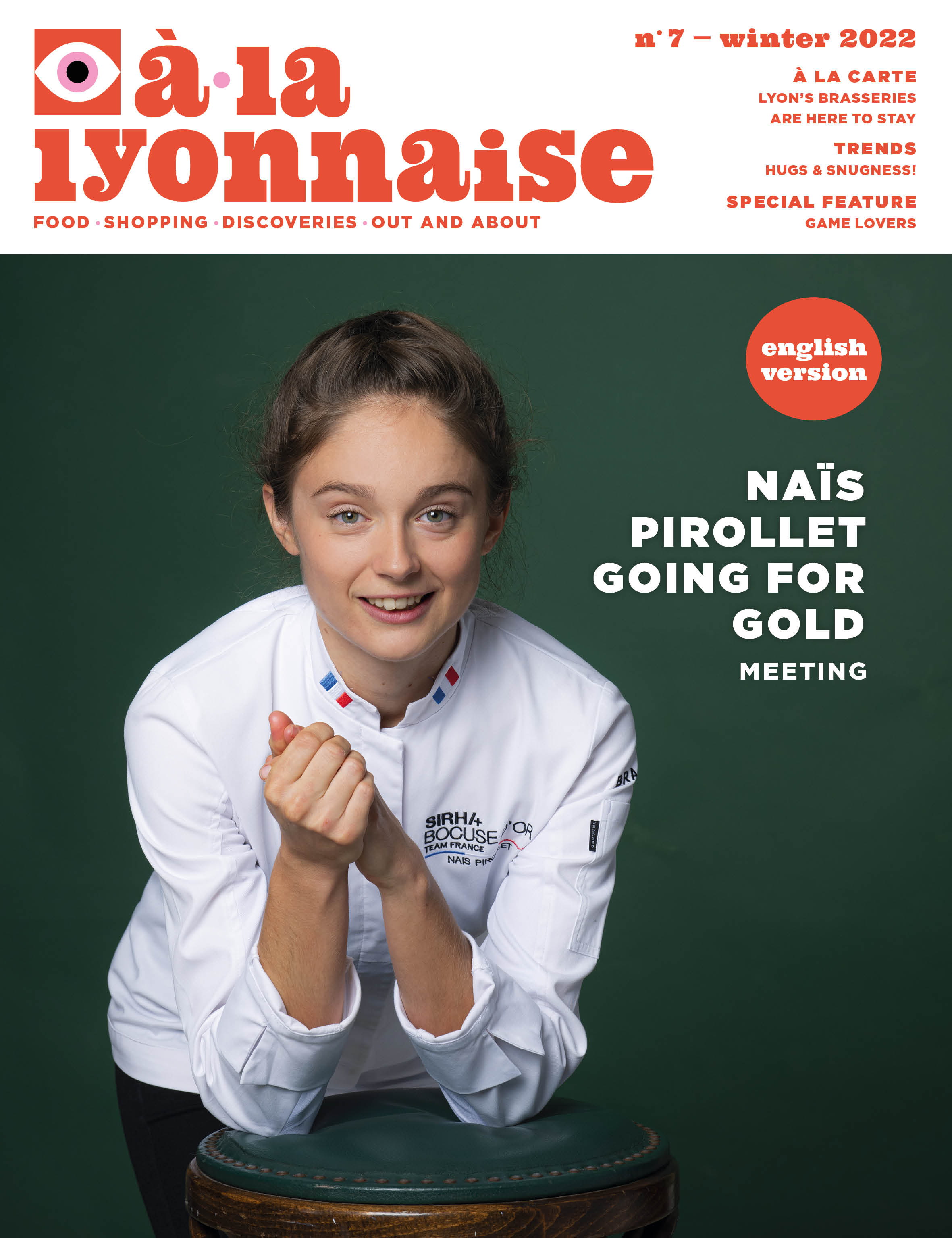The Bugne, crispy or soft?

This is a question that is hotly debated by the people of Lyon, but both sides have their merits! It’s all down to the recipe: with or without yeast.
The bugne is a twisted strip of doughnut-like pastry sprinkled with sugar. It is the only Lyonnais dessert that has really been around a long time. The praline tart is only twenty years old, while the bugne has been delighting locals for more than five centuries.
Evidence of them can be found as far back as the Middle Ages. Rabelais wrote about them, in 1547, in his book Le Quart Livre, while local historian Félix Benoît has traced rose-scented bugnes back to the sixteenth-century nuns of the convent of Saint-Pierre. Until the nineteenth century, the bugne was a treat reserved for Lent, which came in the shape of a crown and was eaten hot. Made simply with flour, water and sometimes yeast, the deep-fried bugnes respected the religious customs of Lent that prohibited eggs, dairy products, fish and lard. Over time, rules became less strict, allowing for the introduction of eggs, milk, butter and sugar in the recipe.
There are now several variations of the bugne. When made without yeast, it is flat and crispy; with yeast, however, it rises to become soft and plump. To each their own! They come plain and flavoured with rum, orange blossom, citrus zest or other ingredients.
We have yet to meet a Lyonnais who does not love them!You will only find them from December to March, in bakeries, cake shops and even butcher’s shops!
Top secret
There is one bugne that is universally acclaimed by connoisseurs: the thin and crispy bugne made at the bakery Pain des Traboules. The closely guarded recipe has been passed from one owner to the next over the past six decades. It is available to taste from the 1st of December.
Where to find them?


